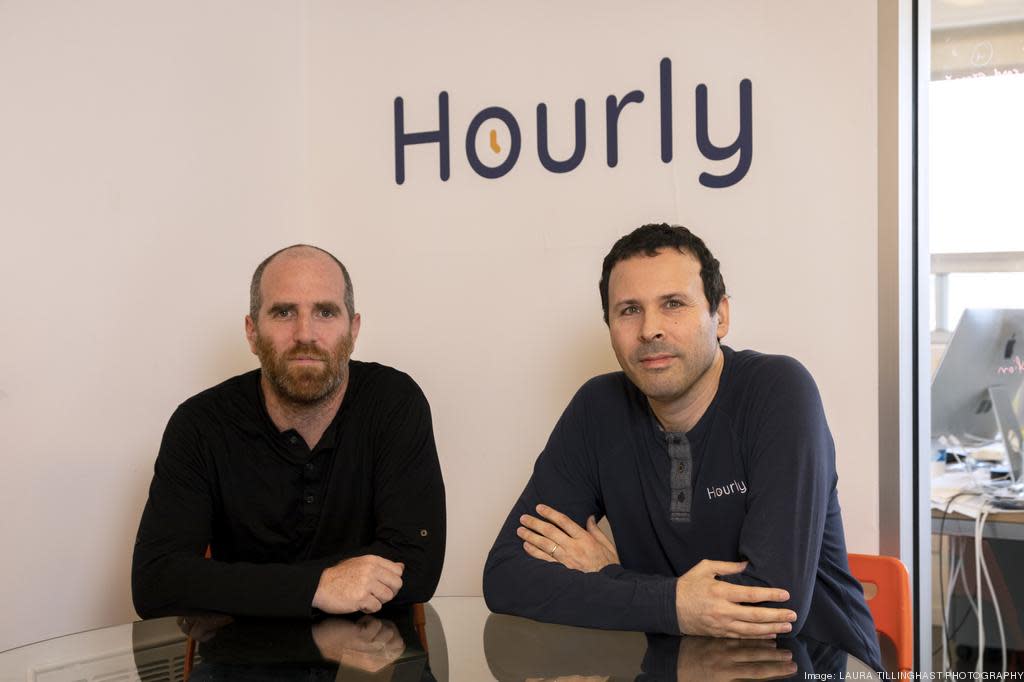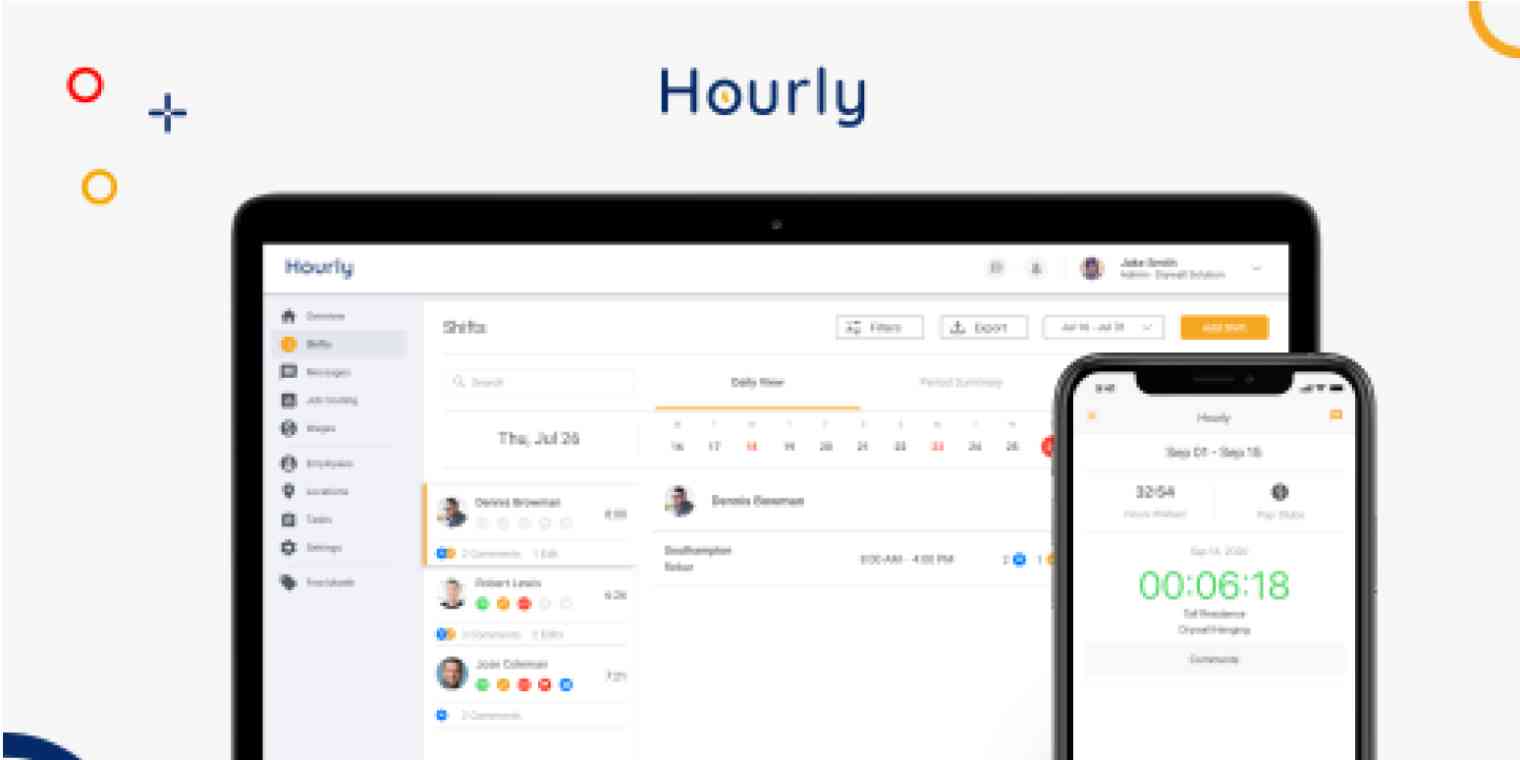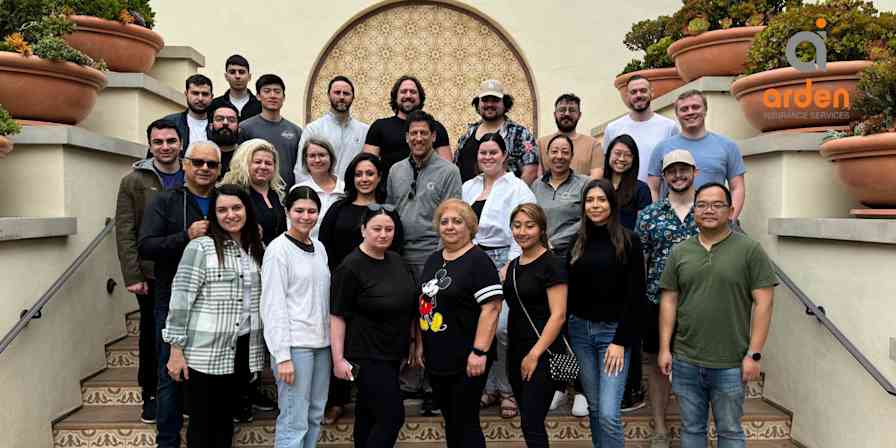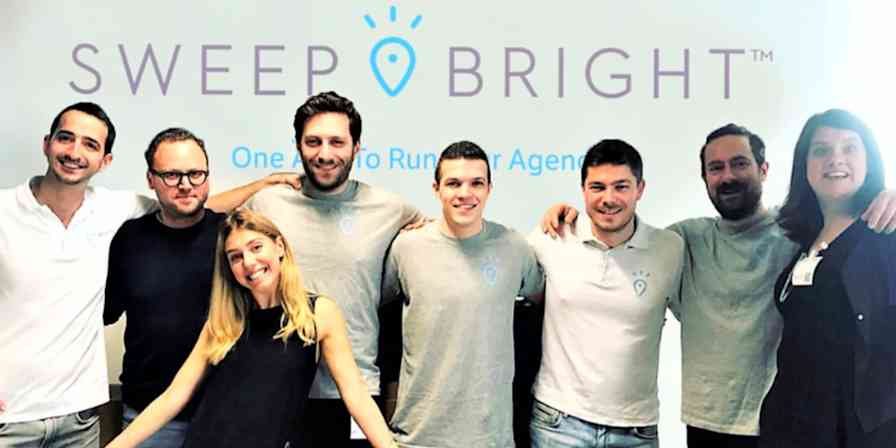When Tom Sagi joined his family's business in 2008, payroll was one of the last things on his mind. As a construction company that built luxury homes in the Silicon Valley area, Sagi's business usually worked with subcontractors that were paid on a lump-sum basis. But, as the company grew and transitioned from using subcontractors to hiring their own employees, Sagi began to see the perils of tracking your workers' time and wages.
Unless he was on-site with his employees, it was difficult to accurately track when his employees started and ended their days. At the time, most time tracking platforms required an email address, something many of his employees didn't even have. While Sagi was able to find ways to make time tracking easier for his team, such as using mobile time tracking, importing the team's hours into payroll still wasn't easy.
"Instead of doing something productive, we would spend the whole day in the office, crunching numbers and doing payroll," he explains. "I wanted to improve our own process."
As Sagi tried different time tracking and payroll services, he envisioned an easier solution: a mobile-friendly platform that made it easy to track time and run payroll from the convenience of your smartphone. The vision was simple, he says, but nobody was doing it right. That realization planted the seed for Hourly, which Sagi founded in 2018. Designed with small businesses in mind, Hourly uses GPS and geo-fencing to track time spent working and automatically calculates overtime based on local labor laws. The tight integration between time tracking and payroll allows payroll to be processed on the go, with minimal effort, in seconds.

Hourly is a Silicon Valley startup that aims to make time tracking, payroll, and workers comp the easiest part of any business owner's day. By combining all three, people can run payroll in seconds, see labor costs in real-time, and reduce headaches with workers' comp audits.
How Hourly streamlines its own business
If we can automate functions that aren't core to our business, our engineers can focus on the core aspect of the platform.
While Hourly simplified the payroll process, the company itself had other aspects to streamline. Because it's a client-facing business, it's important that onboarding clients onto Hourly is as easy as using the platform itself. But, like most startups, Hourly has a lean team and limited resources to dedicate to the onboarding process.
"The focus has and will always be to build our platform and make it better," Sagi shares. "If we can automate functions that aren't core to our business, our engineers can focus on the core aspect of the platform."
Sagi enlisted Zapier to create an easy, intuitive onboarding workflow.
When a client signs up for Hourly, the customer success manager will use a checklist from workflow app Process Street that will outline all the necessary steps needed to join the payroll platform. From there, Zapier will trigger the creation of a document in PandaDoc and automatically email clients via Gmail telling them to keep an eye out for those documents to sign. Once everything has been signed, Zapier uses RingCentral to automatically send important tax forms to the IRS.

Of course, some of the Zaps Hourly uses are much simpler. For example, whenever a specific task is checked in Process Street, Zapier will automatically send the client a text with the contact information of their customer success manager.
For Sagi, creating a workflow through Zapier is an investment that has paid off. Not only does the automated process reduce the time spent on onboarding from days to hours, but it also keeps mistakes to a minimum. Another draw for Sagi is that Zapier makes it possible to build out an entire workflow without writing a single line of code. 18 Zaps power the whole thing.
"Workflows at a startup are a moving target," Sagi explains. "What might be the right workflow today may not work in a few months. If you're building out a workflow and have to rewrite the code you worked on, you're ultimately wasting money and resources."
Instead of spending time adjusting its onboarding workflow as Hourly evolves, Sagi and his team can focus on evolving their platform.
An automated future
Though the future is uncertain for all businesses, especially startups, Sagi is confident Zapier will continue to be an important tool as he continues to streamline Hourly. Sagi is constantly looking to improve processes, and Zapier has become a great source for discovering new software tools that can be added to the current stack.
"As our product is maturing, we want to bring the value of Zapier to our own customers. With that in mind, the product and engineering teams are currently exploring adding Hourly to the Zapier marketplace. It opens the door for more opportunities," Sagi says. "We see the value in connecting our clients with Zapier so they can create workflows that are relevant to their businesses."
What's your story? Tell us how you use Zapier to do more. You can also read even more customer stories and find new ways to improve your workflow and productivity.





